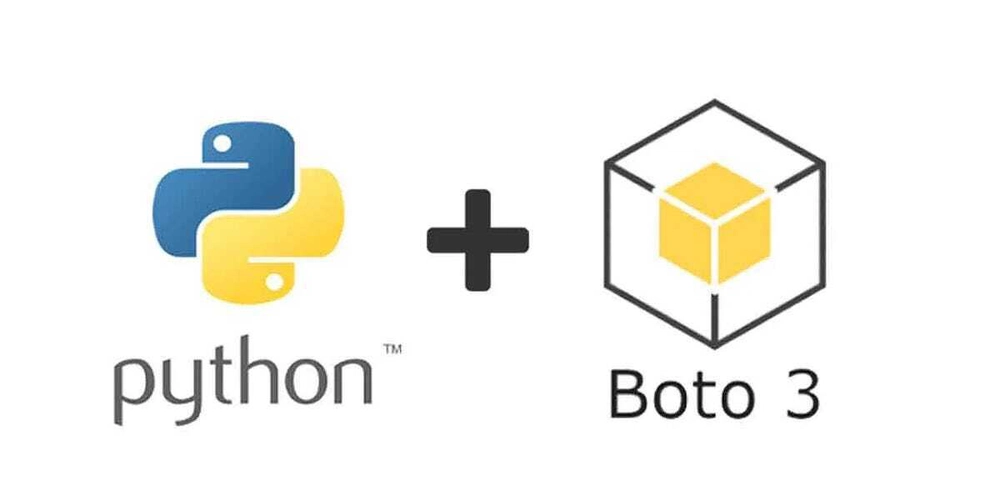Protecting Against Insider Threats – Strategies for CISOs
In the modern enterprise, cybersecurity is no longer just a technical concern it is a boardroom priority. The frequency and impact of cyber incidents have escalated, placing organizational resilience, regulatory compliance, and business reputation at risk. Board members, however, often lack the technical fluency to interpret traditional cybersecurity reports, which can lead to miscommunication, underinvestment, […] The post Protecting Against Insider Threats – Strategies for CISOs appeared first on Cyber Security News.
.webp?#)
In the modern enterprise, cybersecurity is no longer just a technical concern it is a boardroom priority. The frequency and impact of cyber incidents have escalated, placing organizational resilience, regulatory compliance, and business reputation at risk.
Board members, however, often lack the technical fluency to interpret traditional cybersecurity reports, which can lead to miscommunication, underinvestment, or misplaced priorities.
For CISOs and security leaders, the challenge is to translate complex technical data into clear, actionable insights that inform strategic decisions.
By focusing on the most relevant metrics, security leaders can help boards understand the organization’s risk posture, justify investments, and foster a culture of accountability.
This article explores which cybersecurity metrics matter most for board-level reporting and how to present them for maximum impact.
Aligning Metrics with Boardroom Expectations
Boards are primarily concerned with how cybersecurity risks translate into business risks financial loss, reputational damage, and regulatory exposure.
Technical details, such as the number of blocked attacks or firewall logs, are less meaningful to them unless contextualized within business outcomes.
Effective board reporting requires reframing these metrics in terms of likelihood and potential severity of cyber events, and the financial exposure associated with them.
For example, rather than simply stating the number of vulnerabilities discovered, CISOs should highlight the percentage of critical vulnerabilities remediated within a set timeframe and estimate the potential cost if left unaddressed.
This approach helps boards understand the organization’s true risk posture, enabling them to make informed decisions about risk appetite, resource allocation, and strategic investments.
By leveraging risk quantification tools, CISOs can present complex cybersecurity data in familiar business terms, aligning security initiatives with broader organizational goals and ensuring that cybersecurity is seen as a strategic enabler rather than a cost center.
Five Essential Metrics for Board Reporting
To provide a comprehensive and actionable view of cybersecurity health, CISOs should focus on the following five metrics in their board reports:
- Financial Exposure from Cyber Events: Quantifies the potential monetary losses from different cyber incidents, such as ransomware attacks or data breaches. This metric helps boards gauge the financial stakes and prioritize investments accordingly.
- Risk Posture Over Time: Tracks changes in the organization’s risk level, showing whether security initiatives are reducing risk or if new threats are emerging. Visualizing trends helps boards assess the effectiveness of ongoing efforts.
- Regulatory Compliance Status: Measures the organization’s adherence to relevant regulations and standards, highlighting any gaps that could result in fines or reputational harm. Boards must be aware of compliance risks to fulfill their oversight duties.
- Incident Response and Recovery Efficiency: Assesses how quickly and effectively the organization detects, contains, and recovers from security incidents, using metrics like Mean Time to Detect (MTTD) and Mean Time to Respond (MTTR). Faster response times typically mean lower impact and cost.
- Third-Party and Vendor Risk: Evaluates the security posture of critical vendors and partners, identifying potential risks introduced by the supply chain. Boards need assurance that third-party risks are being managed within acceptable limits.
These metrics, when contextualized with business impact scenarios and industry benchmarks, provide the board with a clear, high-level view of how cybersecurity is being managed and where further investment or attention may be needed.
Creating a Board-Ready Cybersecurity Narrative
Effective board reporting is more than just presenting numbers; it’s about telling a compelling story that connects cybersecurity performance to business outcomes.
CISOs should begin with an executive summary that outlines the organization’s overall cyber risk management program, current threat landscape, and the potential business impact of key risks.
This summary should highlight top risks, recent incidents, and the effectiveness of mitigation efforts, using clear visuals and plain language to bridge the gap between technical detail and strategic oversight.
Boards are increasingly expected to integrate cyber risk into enterprise risk management frameworks, making it essential for CISOs to communicate not just the current state, but also the trajectory of the organization’s security posture.
Regularly benchmarking against industry peers and tracking progress over time helps boards understand whether the organization is keeping pace with evolving threats and regulatory expectations.
Additionally, boards should be engaged in discussions about risk appetite and tolerance, using quantified metrics to inform decisions about which risks to accept, mitigate, or transfer through insurance.
- Regular review of cyber risk metrics alongside other business risks ensures cybersecurity remains a standing agenda item and a core component of strategic planning.
- Independent assessments and external benchmarking can provide additional assurance, validating internal metrics and highlighting areas for improvement.
By framing cybersecurity as a driver of business value and resilience, CISOs can elevate the conversation beyond compliance and incident response, empowering boards to make proactive, informed decisions.
With the right metrics and a clear narrative, cybersecurity becomes not just a defensive measure, but a strategic asset that supports long-term growth and stakeholder trust.
Find this News Interesting! Follow us on Google News, LinkedIn, & X to Get Instant Updates!
The post Protecting Against Insider Threats – Strategies for CISOs appeared first on Cyber Security News.








































































